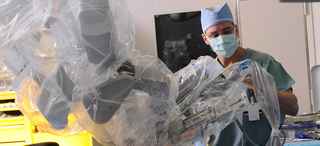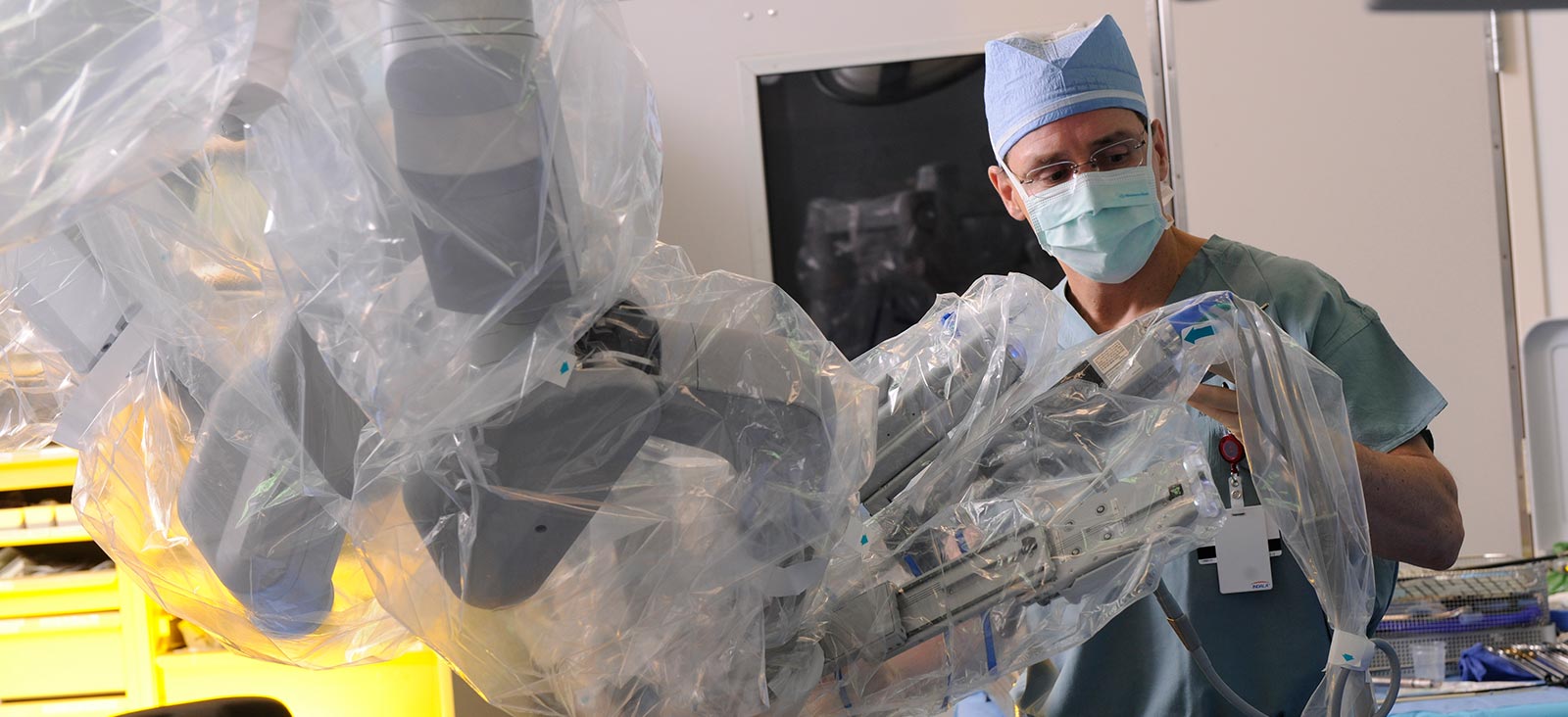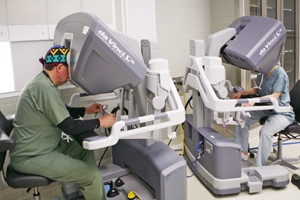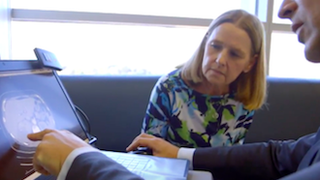Search for opportunities to participate in a clinical research study.
Robotic Surgery
New Patient Appointment or 214-645-8300
MedBlog
Results: 5 Locations
Multidisciplinary Surgery Clinic
at Outpatient Building 1801 Inwood Road, 7th Floor, Suite 100Dallas, Texas 75390 214-645-2900 Directions to Multidisciplinary Surgery Clinic at Outpatient Building, Dallas Parking Info for Multidisciplinary Surgery Clinic
Urology
at UT Southwestern Medical Center at Richardson/Plano 3030 Waterview Parkway, 1st FloorRichardson, Texas 75080 972-669-7007 Directions to Urology at UT Southwestern Medical Center at Richardson/Plano, Richardson
Urology
at UT Southwestern Medical Center at Coppell 2999 Olympus Blvd., 3rd Floor, Suite 300Coppell, Texas 75019 469-647-4449 Directions to Urology at UT Southwestern Medical Center at Coppell, Coppell Parking Info for Urology
Urology Clinic
at West Campus Building 3 2001 Inwood Road, 4th FloorDallas, Texas 75390 214-645-8765 Directions to Urology Clinic at West Campus Building 3, Dallas Parking Info for Urology Clinic







